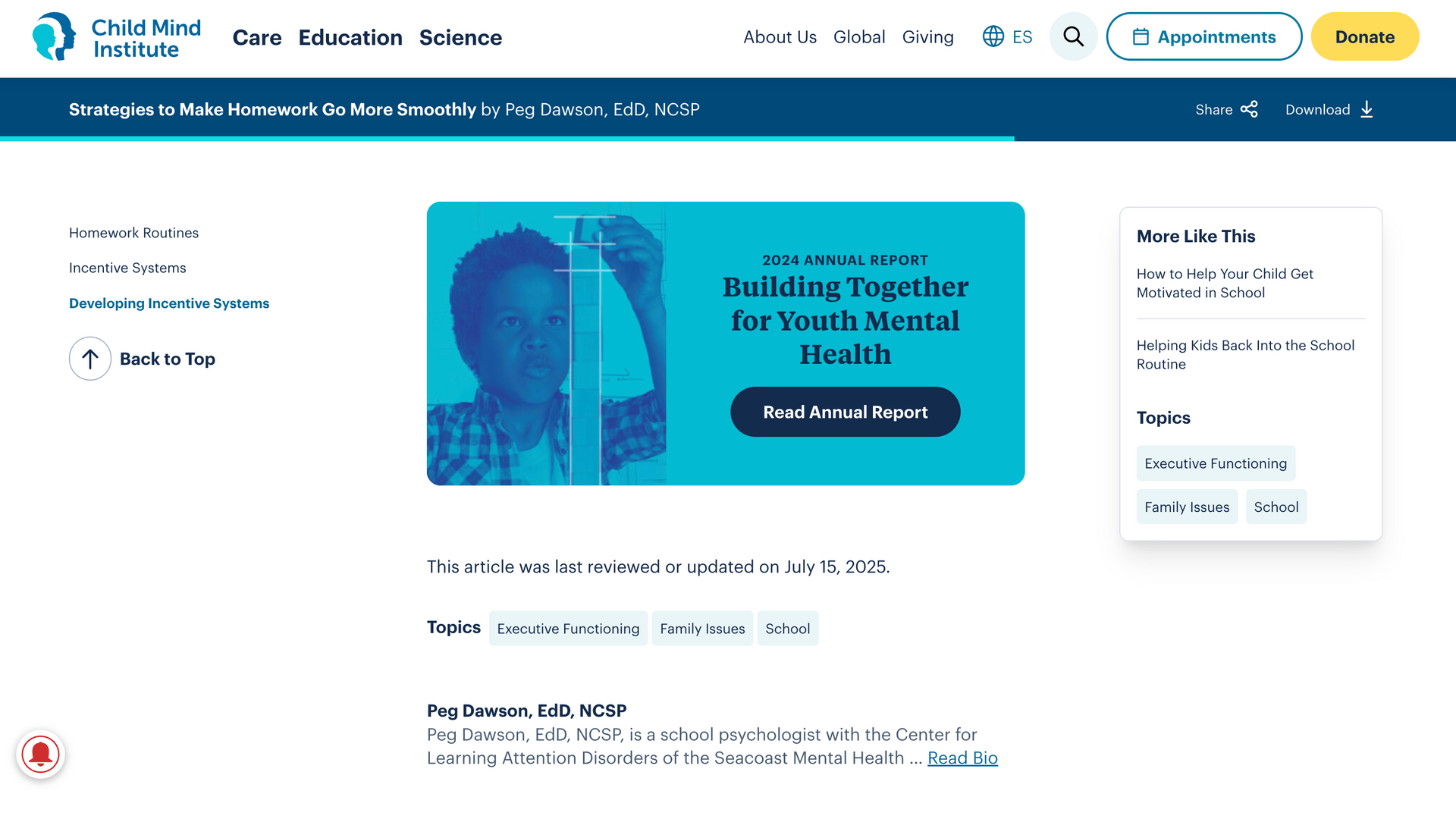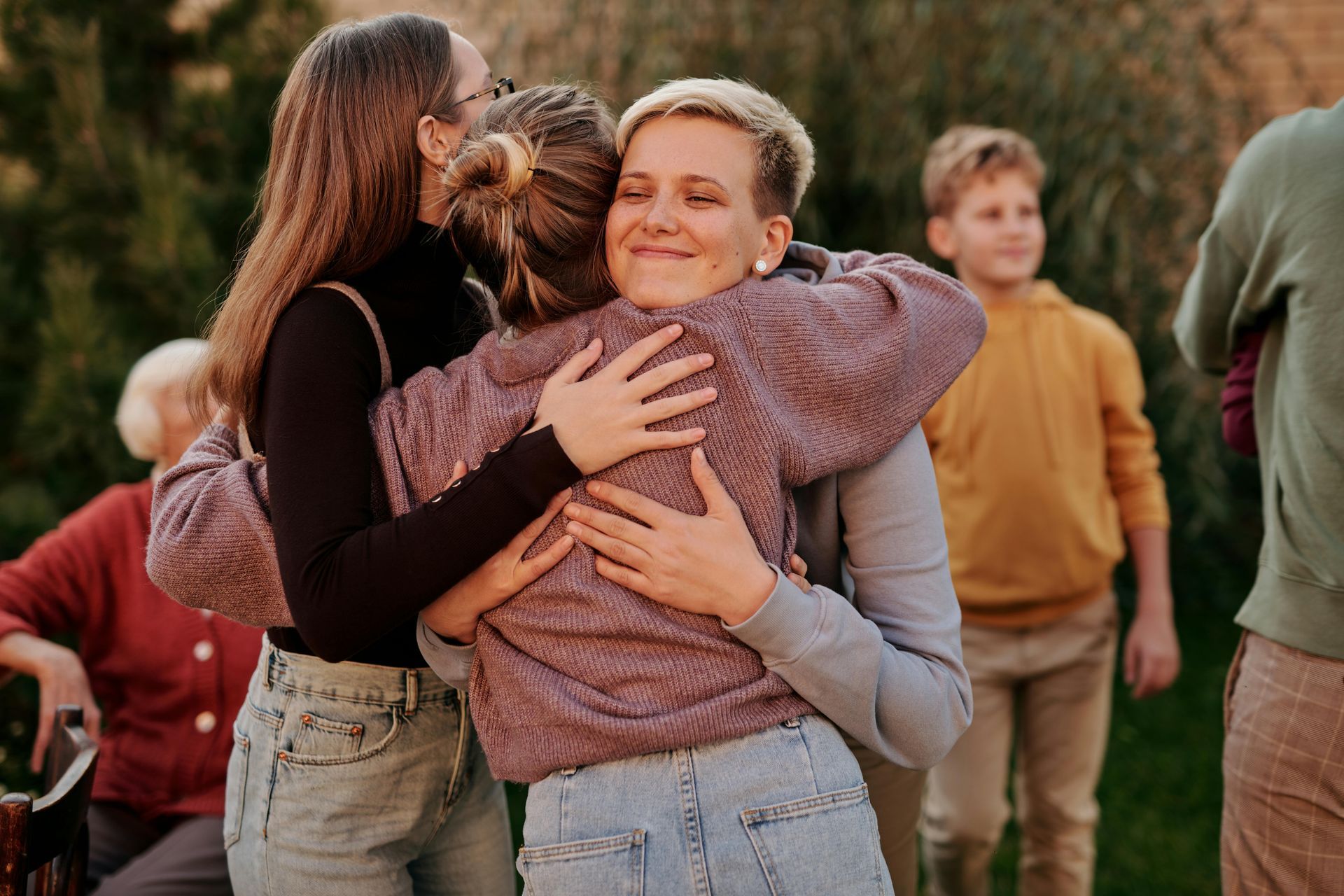Creating a Calming Homework Environment for Kids
Homework can sometimes feel overwhelming for children and stressful for caregivers. A calm and supportive environment helps children focus better, feel less anxious, and approach schoolwork with confidence.
With a few thoughtful adjustments, caregivers can turn homework time into a more positive and productive experience for the whole family.
Choose the Right Space
The location matters. Pick a spot that is well-lit, free from distractions, and comfortable for sitting. A kitchen table, a quiet corner, or a desk in the child’s room can all work well. The goal is to create a space that feels separate from play and rest, so children know it is a place for focus. For children who share space with siblings, consider simple dividers or headphones to reduce distractions.
Keep Supplies Handy
Disruptions can break concentration. Having pencils, paper, calculators, rulers, and other needed supplies within reach saves time and helps children stay on task. A simple supply basket that is always ready can reduce stress for both caregivers and children. For older students, this may also include items like highlighters, sticky notes, or a planner for organizing assignments. The fewer interruptions there are, the smoother homework time will be.
Set a Consistent Routine
Consistency builds comfort. Try to start homework around the same time each day, whether it’s right after school, after a snack, or later in the evening. Children do best when they know what to expect. A predictable routine also helps prevent procrastination and last-minute stress. Some families find it helpful to post a visual schedule on the fridge or in the homework area so children can clearly see when homework time fits into their day.
Limit Distractions
Technology and background noise can make it difficult for children to stay focused. Turn off the TV, lower household noise, and limit phone use during homework time. For older children who may need a device for assignments, set clear expectations about staying on task. Using built-in device features such as “focus mode” or “do not disturb” can help keep attention on schoolwork rather than messages or games.
Build in Breaks
Children’s attention spans are limited, and even older students benefit from structured breaks. Encourage short pauses after every 20–30 minutes of focused work. A stretch, a drink of water, or a quick movement break can help them return refreshed and ready to continue. For some children, setting a timer helps them stay motivated and prevents homework from dragging on without structure.
Offer Encouragement and Support
Homework is not just about getting the right answers. It is also about building confidence and persistence. Praise your child’s effort, remind them that it is okay to make mistakes, and step in with guidance when they are stuck. Try asking questions that guide them toward the solution instead of giving the answer outright. Knowing that you are nearby and supportive makes the process less stressful and builds resilience for future challenges.
Create a Positive Mindset
Help children approach homework with the right attitude by encouraging them to start with easier tasks before tackling harder ones. This builds momentum and reduces feelings of being overwhelmed. For bigger projects, help break assignments into smaller steps and set mini-deadlines so the work feels more manageable. Ending on a positive note helps children feel accomplished and motivated for the next day.
Final Thoughts
A calming homework environment sets children up for success both academically and emotionally. With the right space, routines, and encouragement, caregivers can make homework time a more peaceful and productive part of the day. By removing distractions, keeping supplies ready, and offering steady support, homework shifts from a stressful obligation into a chance for children to practice responsibility and build confidence. Small changes, done consistently, can make a big difference in how children feel about learning at home.
Looking for more simple, supportive tools for the loved ones in your care? Enjoy these additional resources and explore our blog for ideas that help you nurture connection, one moment at a time. Or, Join our mailing list where we share more resources that accompany our blog posts.
Join Our Mailing List












